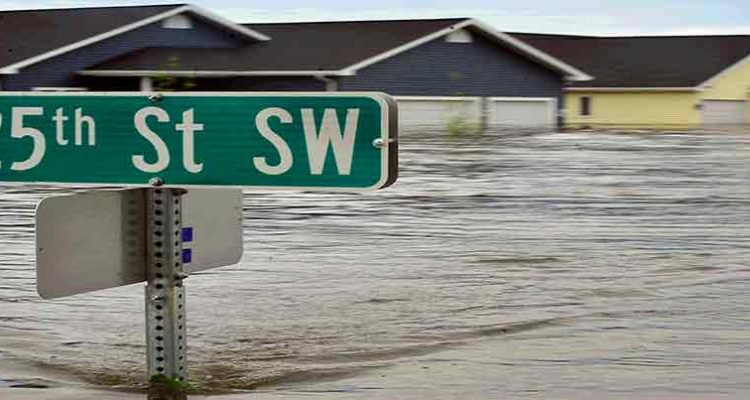Greenhouse gases absorb and emit infrared radiation. Water vapor (H20), carbon dioxide (CO2), methane (CH4), nitrous oxide (N2O), ozone (O3) and chlorofluorocarbons (CFCs) are all greenhouse gases. Many of these gases stay in the atmosphere for long periods of time. Even if emissions of these gases decrease, the levels in the atmosphere will continue to rise and stay elevated for hundreds of years, and surface air temperatures would continue to become warmer. This is due to the ocean’s ability to hold heat. Everyday activities emit greenhouse gases such as driving around town, heating our homes and using electricity. These gases do not stay in one place, but rather become mixed globally as the air moves around the world.
However, without greenhouse gases, the temperature would be 0 degrees Fahrenheit. As the climate changes, hurricanes and tropical storms will become more intense. They will last longer, cause more damage and have stronger winds. Disappearing wetlands, increased coastal development and rising sea levels also have a bearing on the damage that will be caused by the tropical storms or hurricanes. Over the past century, Atlantic hurricanes have doubled.
While global warming and greenhouse gases are still a very controversial topic, there have been predictions made as to what is going to happen to the climate over time. Below is a list of some projected climate changes, both globally and in the United States.
- Increase in global air temperatures
- Ground-level air warming more rapidly over land than over the ocean
- Increase in annual precipitation
- Increase in tropical storm winds and frequency
- Increase in number of tropical storms
Changes that are projected for the United States:
- Increase in the average temperature of 3-12 degrees Fahrenheit by 2100
- More intense and frequent heat waves
- Wetter Northern region, especially during Spring and Winter
- Frequent heavy precipitation events
- Increase in frequency and intensity of Atlantic hurricanes
Because the ocean water holds heat and is responsible for fueling tropical storms and hurricanes, the risk of more frequent and intense storms is uncertain. These changes, of course, will happen over time. However, the storms that are occurring, even now, have a greater chance of being very destructive. It is best to be prepared for the storm before it arrives. There are many things a person can do to prepare for a storm. Having an emergency evacuation plan in place and making sure all members of the household understand the plan, have a disaster kit ready, and have window and door systems installed on the home, are all things that should be done ahead of the storm. Armor Screen has many window and door systems available to suit anyone’s budgets. Having one of these systems in place will reduce the risk of broken glass from the high winds or flying debris that is associated with hurricanes.




